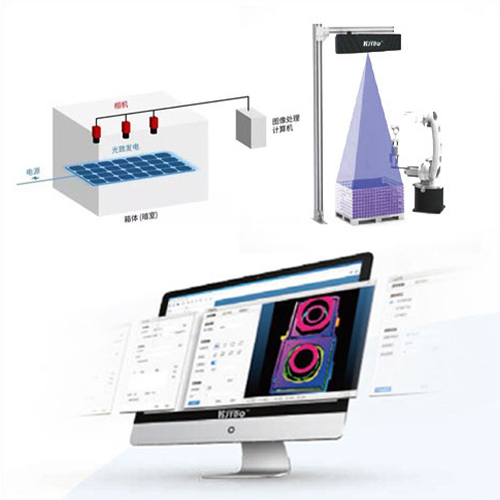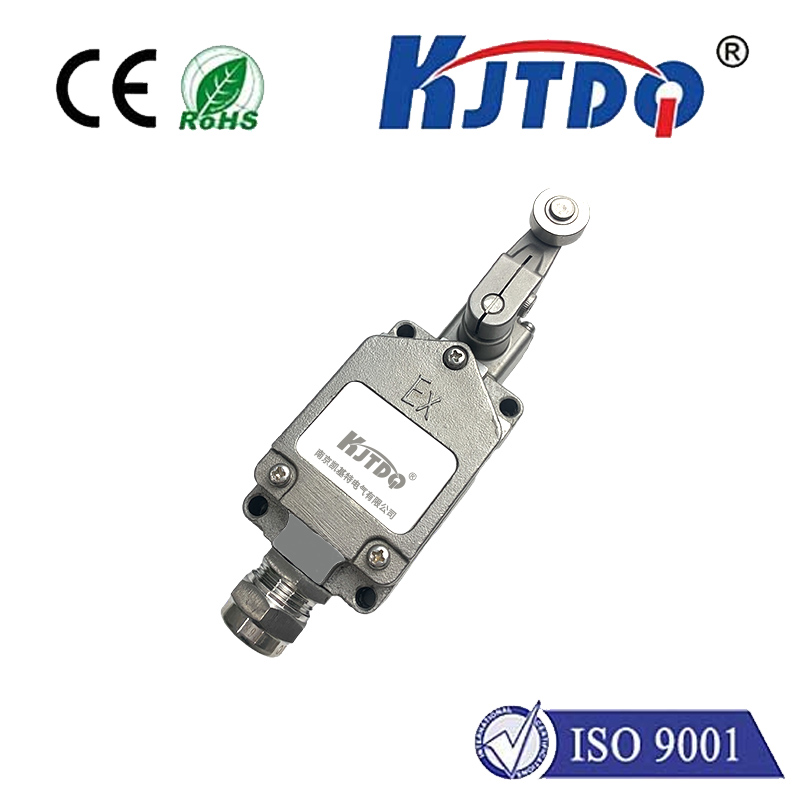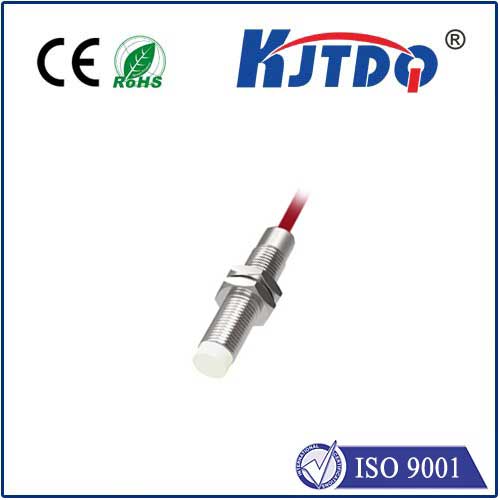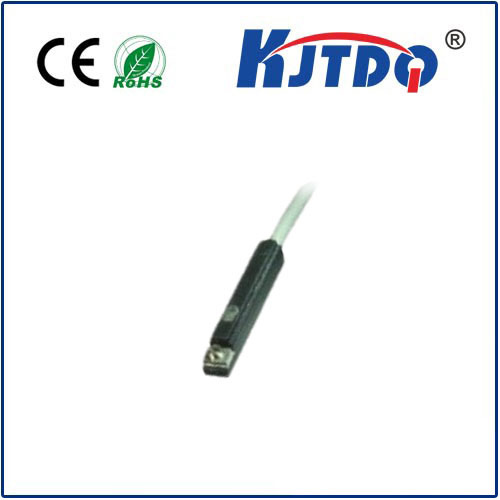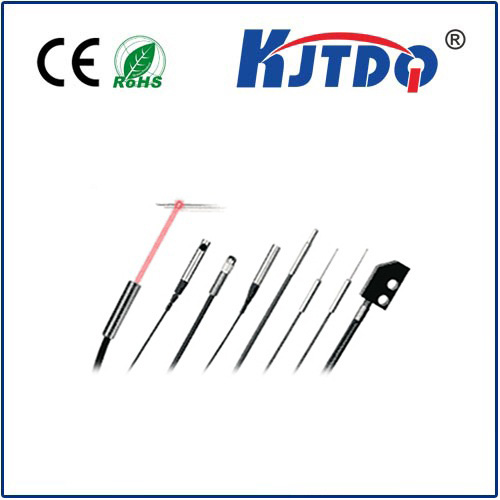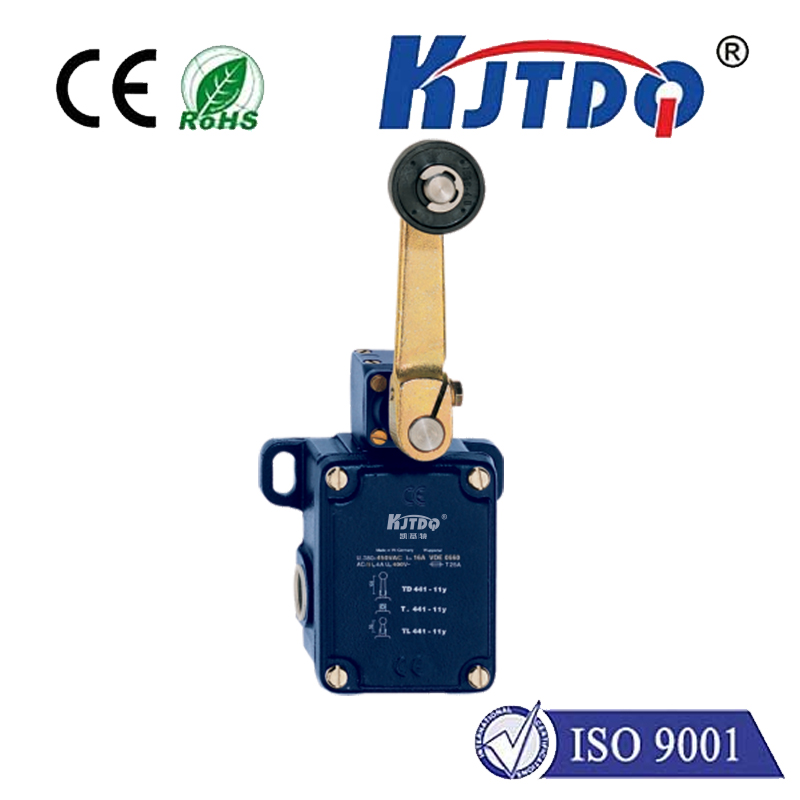optical encoder displacement sensor
- time:2025-08-15 05:31:05
- Click:0
Unlocking Precision: How Optical Encoders Revolutionize Displacement Sensing
From rudimentary rulers to sophisticated digital systems, measuring movement – displacement – underpins countless modern technologies. Whether it’s ensuring a robotic arm welds with micron-level accuracy, tracking the precise rotation of a telescope mirror, or guaranteeing consistent paper feed in a high-speed printer, knowing exactly how far and how fast something has moved is critical. Among the most reliable and versatile tools for this task is the optical encoder displacement sensor, a master of translating mechanical motion into precise digital signals.
So, what exactly is an optical encoder? At its core, it’s a device that converts the angular or linear position of a shaft or object into an electronic signal. It achieves this through an ingenious interplay of light and patterned materials. The fundamental components include:
- A Light Source: Typically an LED.
- A Code Disc or Strip: A patterned disk (rotary) or strip (linear) featuring opaque and transparent sections. This pattern acts like a unique optical “barcode”.
- A Photodetector Array: Sensors positioned to detect the light pulses as the pattern moves relative to the light source.
The magic happens when relative motion occurs. As the code disc/strip rotates or slides between the light source and photodetectors, the pattern interrupts the light beam. The photodetectors register these rapid changes from light to dark and back again, generating electrical pulses. The number of pulses corresponds directly to the distance traveled, while the frequency of pulses relates to the speed of movement.

Understanding the Two Main Flavors: Incremental vs. Absolute
Optical encoders primarily come in two distinct configurations, each suited to different application needs:
- Incremental Optical Encoders: These are the workhorses for measuring speed and relative position. They generate a simple, continuous pulse train (often labeled Channel A) as movement occurs.
- The Critical Quadrature Signal: Crucially, most incorporate a second output channel (Channel B) positioned slightly offset. This creates a quadrature output. Why? The phase relationship between A and B signals, whether A leads B or B leads A, instantly tells the system the direction of movement (clockwise/counter-clockwise or forward/reverse). This is fundamental for bidirectional control.
- The Index (or Z) Pulse: Many also include a single pulse per revolution (rotary) or cycle (linear), providing a unique reference point (“home” position) for absolute positioning within one revolution/cycle. They are often simpler and more cost-effective.
- Key Advantage: High resolution via interpolation – the A/B pulses are multiplied electronically (e.g., 4x) for finer position detection between physical lines on the disc.
- Limitation: On power-up, the system only knows relative position from the last index pulse or a homing routine. It doesn’t inherently know its absolute position in space.
- Absolute Optical Encoders: These provide a unique digital word for every single position of the encoder shaft or along the linear scale, instantly upon power-up.
- Gray Code Brilliance: Instead of simple lines, the code disc/strip uses a complex radial pattern, often employing Gray code. This special binary code ensures that only one bit changes between adjacent positions, preventing catastrophic errors during transitions. Each position has a unique binary address.
- Multi-Track Design: Absolute encoders feature multiple concentric tracks on the disc (or multiple parallel tracks on a linear scale), each read by its own photodetector. The combination of on/off states across all tracks defines the unique position code.
- Key Advantage: True absolute position is always known, even after a power cycle or system interruption. Critical for safety applications and complex machinery where knowing position without movement is essential.
- Trade-offs: Generally more complex and costly than incremental versions due to the multi-track sensor array and decoding electronics.
Why Choose Optical Encoders? Key Advantages Drive Adoption
Optical encoder displacement sensors dominate numerous industrial and scientific fields due to compelling benefits:
- Exceptional Accuracy and High Resolution: They offer incredibly fine position measurement, down to sub-micron levels for linear scales and arc-seconds for rotary encoders, made possible by precise disc/strip manufacturing and sophisticated interpolation techniques.
- Non-Contact Operation: Measurement occurs without physical contact with the moving part (except for the mounting), eliminating friction, wear, and mechanical hysteresis. This ensures long-term reliability, minimal maintenance, and preserves the accuracy of the measured system.
- High Speed Response: Capable of tracking extremely rapid movements due to the speed of light and fast electronic detection.
- Robust Digital Output: The signals are digital pulses (incremental) or digital words (absolute), ideal for direct interface with modern control systems like PLCs, microcontrollers, and CNCs. This digital nature provides superior noise immunity compared to analog sensors like potentiometers.
- Versatility: Available for both rotary displacement (measuring angle/speed of shafts) and linear displacement (measuring straight-line movement along a scale). Configurations exist for harsh environments (sealed, high-temperature).
Where Precision Matters: Ubiquitous Applications
Optical encoders are the silent precision partners in countless machines and systems:
- Industrial Automation & Robotics: Providing real-time joint position feedback for robotic arms, controlling conveyor belt position/speed, ensuring CNC machine tool accuracy (axis positioning), coordinating pick-and-place systems.
- Motion Control Systems: Servo motors rely heavily on integrated or external optical encoders for closed-loop feedback control of position, speed, and torque.
- Medical & Laboratory Equipment: Precise positioning in imaging systems (CT/MRI stages), automated test equipment, liquid handling robots, surgical robotics.
- Semiconductor Manufacturing: Critical for wafer steppers and inspection equipment requiring nanometer-level positioning.
- Printing & Packaging Machinery: Ensuring accurate registration for color printing, controlling cut lengths, managing web tension.
- Aerospace & Defense: Flight control surface feedback, antenna positioning, telescope and radar dish control.
- Consumer Electronics: Tracking lens focus/zoom in high-end cameras, position feedback in some high-precision printers/scanners.
Selecting the Right Optical Encoder Displacement Sensor: Key Considerations
Choosing the optimal optical encoder requires careful analysis of the application’s demands:
- Absolute vs. Incremental: Is knowing the position immediately on power-up (absolute) essential, or is speed/direction from a reference point (incremental) sufficient?
- Resolution & Accuracy: How fine does the position measurement need to be? Resolution refers to the smallest detectable movement, accuracy to how closely the reading matches the true position.
- Environmental Conditions: Will the encoder face moisture, dust, extreme temperatures, or vibration? Sealing (IP rating), operating temperature range, and shock/vibration tolerance are critical. Optical sensors can be susceptible to heavy contamination blocking light paths.
- Output Interface: Does the system need simple quadrature A/B/Z pulses, serial communication (SSI, BiSS, etc.), parallel outputs, or fieldbus integration (EtherCAT, PROFINET)?
- Size & Mounting Constraints: Physical space limitations often dictate the form factor and mounting options (shafted, hollow shaft, modular).
- Speed Requirements: Ensure the maximum electrical frequency response of the encoder exceeds the application’s maximum pulse frequency.
- Cost: Absolute encoders are generally more expensive than incremental. High-resolution and ruggedized models also command higher prices.
As automation demands escalate and the need for precision intensifies across industries, optical encoder displacement sensors remain indispensable. Their ability to deliver non-contact, high-resolution, and highly reliable position feedback, whether incremental or absolute, makes them the go-to solution for engineers designing systems where precision motion control is paramount. From the factory floor to the frontiers of scientific discovery, they provide the fundamental data that keeps the modern world moving accurately.















